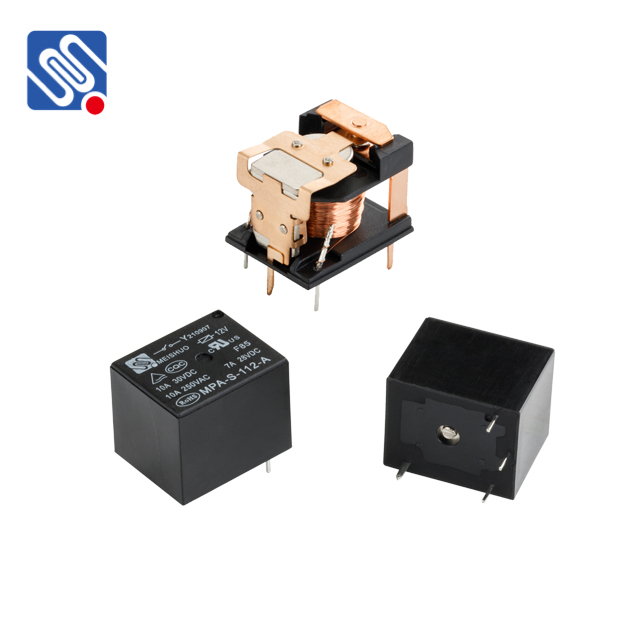Relays are widely used electromechanical devices that enable the control of high-power circuits with a low-power signal. As crucial components in many industrial, automotive, and electronic systems, relays are often specified in datasheets that provide detailed information about their performance, structure, and limitations. Understanding a relay datasheet is essential for engineers to select the right relay for their application and ensure the reliability of their systems.

What is a Relay Datasheet? A relay datasheet is a technical document that provides comprehensive information about the specifications, features, and performance characteristics of a particular relay. It serves as a guide for engineers and designers to understand how the relay operates, its electrical and mechanical capabilities, and the conditions under which it can be used effectively. A datasheet typically includes details such as the relay’s contact configuration, rated voltage, current, response time, and more. Key Components of a Relay Datasheet Relay Type and Contact Configuration